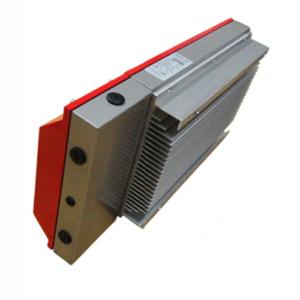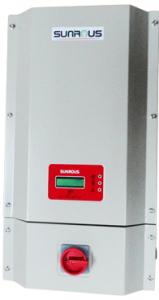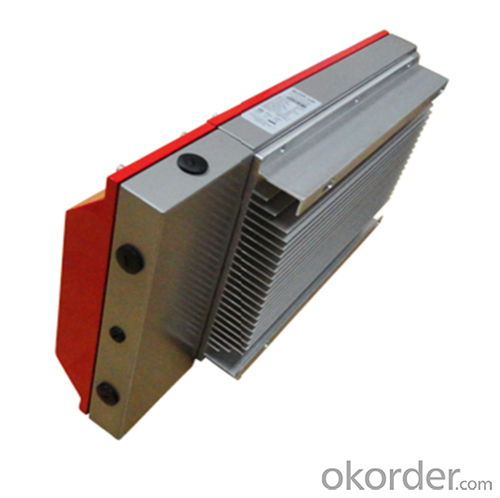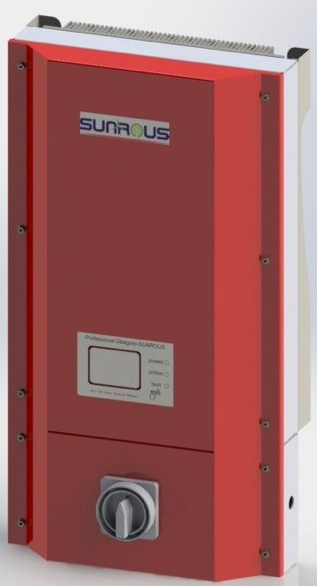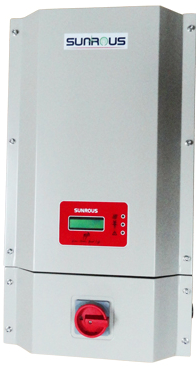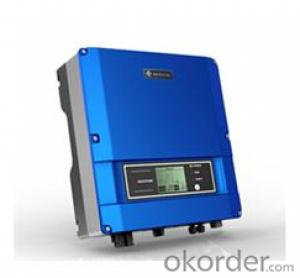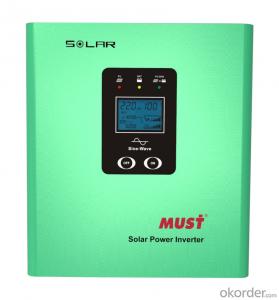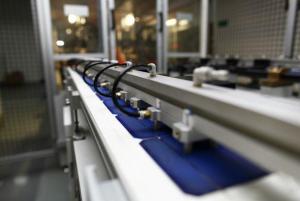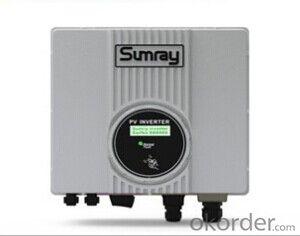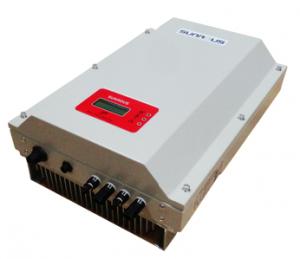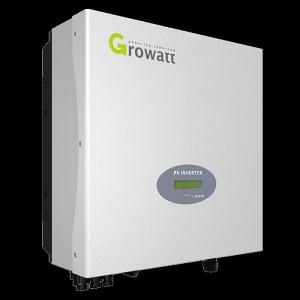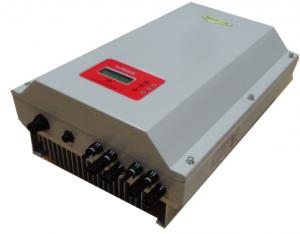Solar Inverter 1 Kw - PV Grid-Tied Inverter-Sunrous-Dual MPPT-US Maintenance-Free Operation
- Loading Port:
- Shanghai
- Payment Terms:
- TT or LC
- Min Order Qty:
- 100 mm
- Supply Capability:
- 1000 mm/month
OKorder Service Pledge
OKorder Financial Service
You Might Also Like
1.Features of PV Grid-Tied Inverter-Sunrous-Dual MPPT-US Maintenance-Free Operation :
• Maintenance-Free Operation
Absorbent Glass Mat (AGM) technology ensures efficient gas recombination up to 99% and freedom from electrolyte maintenance. During the expected float service life of batteries, no need to check the specific gravity of the electrolyte or add water.
• Good Discharging Ability
Tight assembly technology ensures an excellent high-rate discharge performance.
• Long Service Life
A unique corrosion-resistant grid alloy ensures batteries have long service life.
• Low Self Discharge
Using high purity raw materials ensures batteries have less self-discharge.
2. PV Grid-Tied Inverter-Sunrous-Dual MPPT-US Maintenance-Free Operation Images
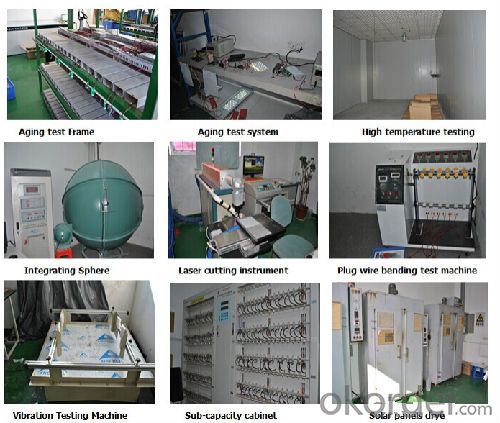
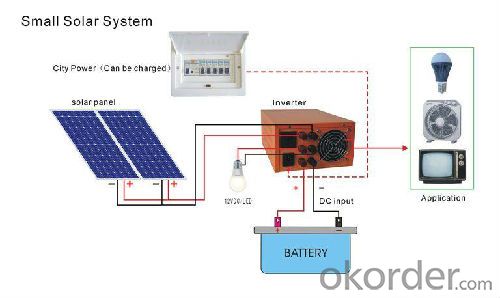
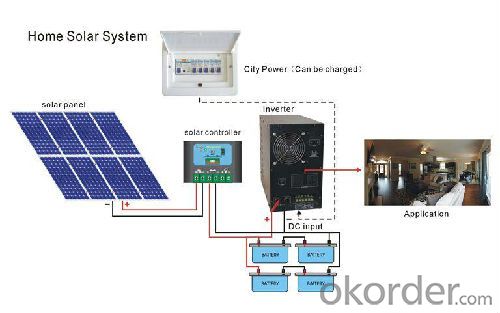
3. PV Grid-Tied Inverter-Sunrous-Dual MPPT-US Maintenance-Free Operation Specification
GT3.6-ZX-01/HF | |
Input(DC) | |
Max.DC Power | 3600W |
Max.DC Voltage | 500V |
PV Voltage range, MPPT | 60V ~ 360V |
Max.input current | 30.0A |
Number of MPP trackers | 2 |
Max.number of strings (parallel) | 4 |
Output(AC) | |
Nominal AC power / | 3600W/3600W |
Max AC power | |
Max.output current | 16.0A |
Nominal AC Voltage / range | 180V~264V |
AC grid frequency / range | 47.5-51.5Hz / 59.3-60.5Hz |
Power factor at rated power | 1 |
THD | < 3% |
AC connection | Single-phase |
Efficiency | |
Max. efficiency/Californian efficiency | > 98.0% / > 97.0% |
MPP adaptation efficiency | > 99.0% |
Protection devices | |
DC reverse polarity protection | √ |
AC short-circuit protection | √ |
Ground fault monitoring | √ |
Grid monitoring | √ |
Output Transient Voltage Suppression | √ |
Over load | √ |
Anti-islanding | √ |
General data | |
Dimensions (W/ H / D) in mm | 370 / 540 / 185 mm |
Weight | 23kg |
Operating temperature range | -25 ~ +60℃ |
Storage temperature range | -40 ~ +70℃ |
Ambient humidity | 0 ~ 100% |
Consumption (night) | < 0.5W |
Topology | HF-transformer galvanic isolation |
Cooling concept | Convection |
Enclosure type | IP65 / NEMA 3R |
Features | |
DC connection: PV special connector | √ |
AC connection: connector | √ |
LCD display & Backlit | √ |
LED display | √ |
Interfaces: RS485 | √ |
Warranty: 10 years | √ |
Certificates & approvals | G83 / G59 / TUV / SAA / ETL / JET/ CE |
4. After-sales Services Undertakings
1. During the equipment commissioning period, the company will send scheduler to commissioning to ensure debugging smoothly and a one-time test commissioning.
2. The company is responsible for professional users’ on-site operator training and technical exchange.
3. The long-term tracking service system: we practice lifelong quality of our product tracking service, and we also will take effective measures and solutions for the user of the technical issues and equipment problems.
4. Regularly listen to opinions and suggestions of users, to provide users with new trends in technological innovation, new product information and enhance mutual understanding.
5. Any problems, the company will provide solutions for users within 48 hours.
5. FAQ
Where can I buy your products?
You could find our products from dealers or contact our sales team directly. We will provide you with detailed services.
How to contact us?
Contact details can be found from website www.okorder.com to contact us. We look forward to providing you with professional services.
What is the application field of your products?
They can be used in the small photovoltaic (PV) grid power generation systems of family units as well as the commercial photovoltaic system such as BIPV, BAPV and etc.
What kinds of modules do your inventers support?
Our inventers support most of mainstream components and modules in the market. Should you require more details, please do not hesitate to contact our technical personnel.
- Q: Can a solar inverter be used with batteries?
- Yes, a solar inverter can be used with batteries. In fact, using a solar inverter with batteries is a common practice in solar energy systems. The inverter helps convert the direct current (DC) electricity generated by the solar panels into alternating current (AC) electricity that can be used to power various appliances and devices. When batteries are connected to the system, the excess electricity generated by the solar panels can be stored in the batteries for later use, allowing for continuous power supply even when the sun is not shining.
- Q: Can a solar inverter be used in areas with high levels of electrical noise or interference?
- Yes, a solar inverter can be used in areas with high levels of electrical noise or interference. However, it is important to ensure that the inverter is designed to handle such conditions and has appropriate noise filtering mechanisms in place to minimize any potential disruptions or damage caused by the interference.
- Q: What is the maximum number of AC outputs in a solar inverter?
- The maximum number of AC outputs in a solar inverter can vary depending on the specific model and design of the inverter. However, in general, most residential solar inverters typically have one or two AC outputs, while commercial or utility-scale inverters can have multiple AC outputs, ranging from three to even a dozen or more, depending on the requirements of the installation.
- Q: Can a solar inverter be used with a solar-powered security camera system?
- Yes, a solar inverter can be used with a solar-powered security camera system. A solar inverter is responsible for converting the direct current (DC) produced by solar panels into alternating current (AC) that can be used to power electrical devices, including security cameras. By connecting the solar panels to a solar inverter, the generated solar energy can be efficiently utilized to power the security camera system.
- Q: How does a solar inverter handle islanding detection and prevention?
- A solar inverter handles islanding detection and prevention by continuously monitoring the electrical grid's stability. It utilizes anti-islanding protection mechanisms to detect any abnormal conditions, such as voltage fluctuations or frequency deviations, that may indicate the presence of an islanded grid. In the event of islanding, the inverter immediately disconnects from the grid to prevent energy feed-in and effectively isolate the solar system. This ensures the safety of utility workers, prevents damage to equipment, and helps maintain the stability of the overall electrical grid.
- Q: Are there any government incentives for installing solar inverters?
- Yes, there are government incentives available for installing solar inverters. These incentives vary by country and region, but they often include tax credits, grants, or rebates to encourage the adoption of solar energy. Additionally, some governments may offer net metering programs, which allow homeowners to sell excess electricity generated by their solar inverters back to the grid. It is important to research the specific incentives available in your area to take full advantage of the benefits.
- Q: How is the output voltage and frequency of a solar inverter regulated?
- The output voltage and frequency of a solar inverter are regulated through a combination of control systems and power electronics. The control system continuously monitors the input from the solar panels and adjusts the inverter's operation accordingly. It analyzes the DC voltage generated by the panels and converts it to AC voltage at the desired frequency. This is achieved by controlling the switching of power electronic devices such as transistors or thyristors. These devices convert the DC power into high-frequency AC power, which is then transformed to the desired output voltage and frequency through a transformer or filter circuit. Overall, the regulation of the output voltage and frequency is achieved by the precise control of these power electronic components within the solar inverter.
- Q: How is a solar inverter different from a regular inverter?
- A solar inverter converts the direct current (DC) generated by solar panels into alternating current (AC) to be used in homes or fed back into the electric grid. In contrast, a regular inverter is typically used to convert DC power from batteries or other sources into AC power for general electrical use. The main difference lies in their purpose and the source of the DC power they convert.
- Q: Are there any noise or vibration concerns associated with solar inverters?
- Solar inverters can cause noise and vibration problems, but the severity of these issues depends on the specific make and model of the inverter. Some inverters may emit a gentle humming or buzzing sound, which is generally considered normal. However, if the noise becomes excessively loud or disruptive, it may indicate a malfunctioning or poorly installed inverter. Likewise, vibrations can occur in solar inverters, especially if they are not properly secured or mounted. These vibrations can potentially result in additional noise or even lead to damage if not addressed. To mitigate these concerns, it is essential to follow proper installation and maintenance practices, such as securely fastening the inverter and regularly inspecting for loose components or abnormal vibrations. It's worth noting that advancements in technology have resulted in the development of quieter and more efficient solar inverters. When selecting an inverter for a solar system, it is advisable to research and choose a reputable brand known for producing inverters with minimal noise and vibration issues. Additionally, consulting with a professional solar installer can provide valuable insights and recommendations to ensure a smooth and quiet operation of the solar inverter.
- Q: What is the role of a solar inverter in anti-islanding protection?
- The role of a solar inverter in anti-islanding protection is to detect and prevent the occurrence of islanding, which is when a solar PV system continues to generate electricity and supply power to the grid during a grid outage. The inverter monitors the grid's voltage and frequency, and if it detects a disruption or deviation from the normal range, it quickly disconnects from the grid to ensure the safety of utility workers and prevent damage to equipment. This anti-islanding protection feature helps maintain the stability and reliability of the electrical grid.
Send your message to us
Solar Inverter 1 Kw - PV Grid-Tied Inverter-Sunrous-Dual MPPT-US Maintenance-Free Operation
- Loading Port:
- Shanghai
- Payment Terms:
- TT or LC
- Min Order Qty:
- 100 mm
- Supply Capability:
- 1000 mm/month
OKorder Service Pledge
OKorder Financial Service
Similar products
Hot products
Hot Searches
Related keywords
